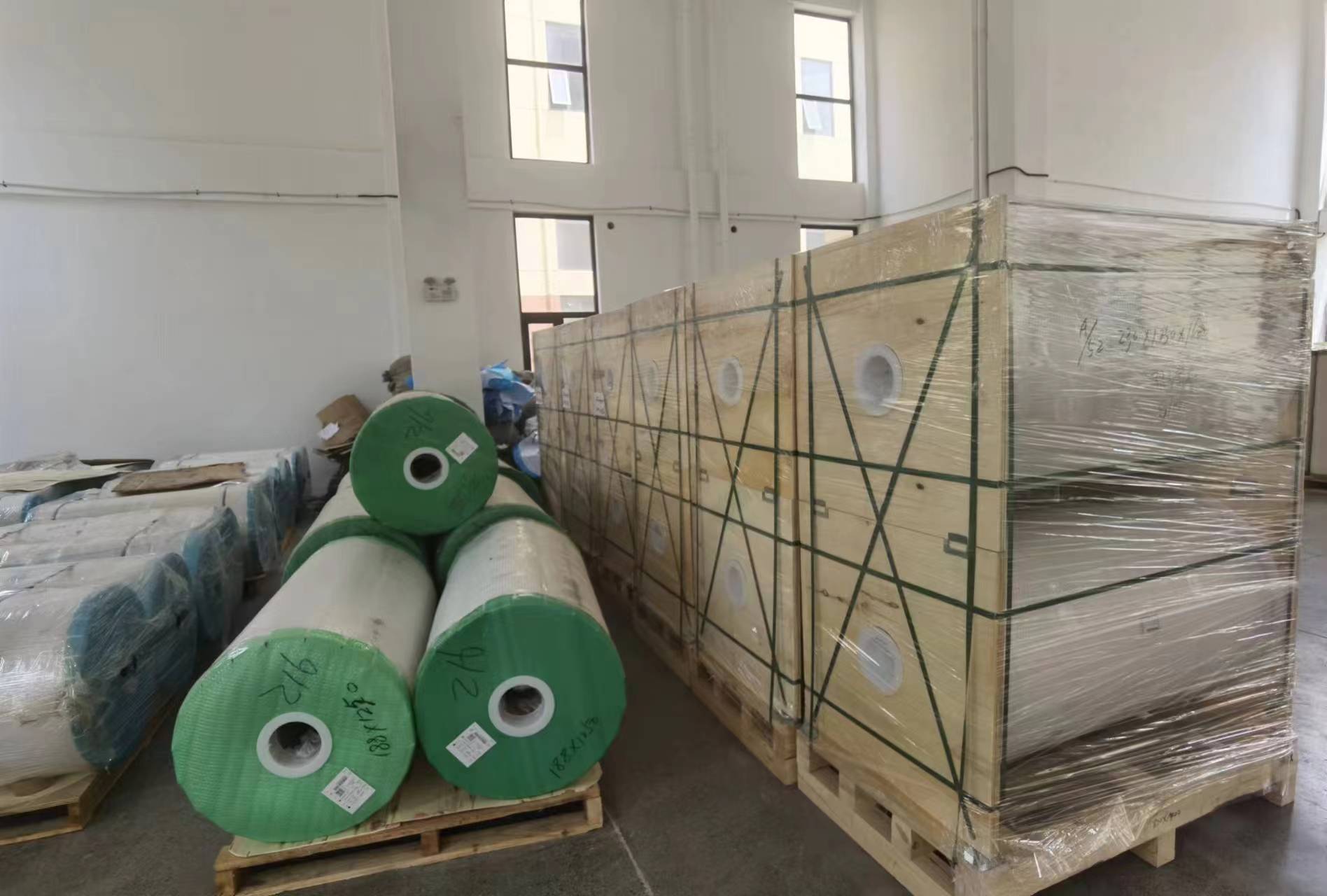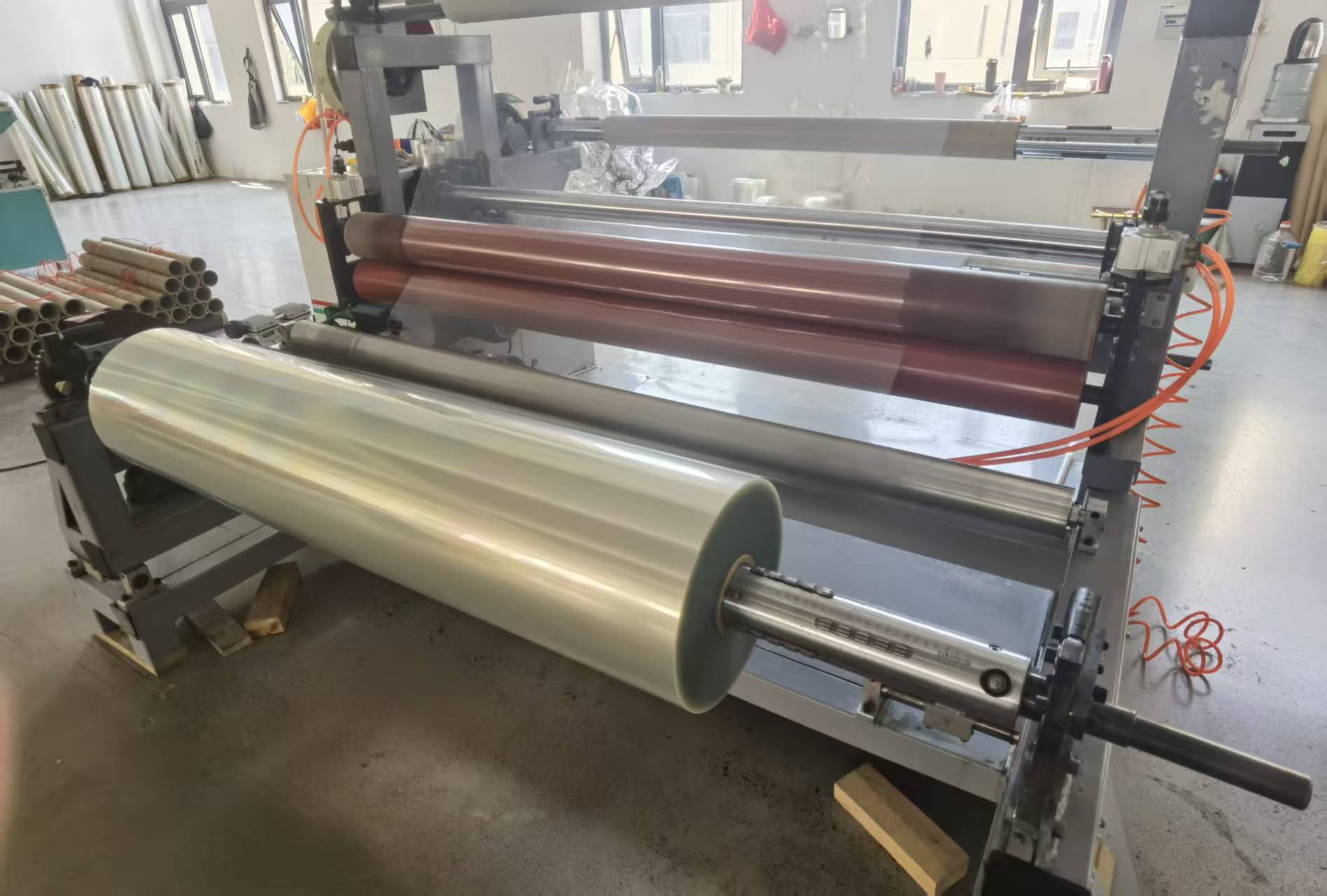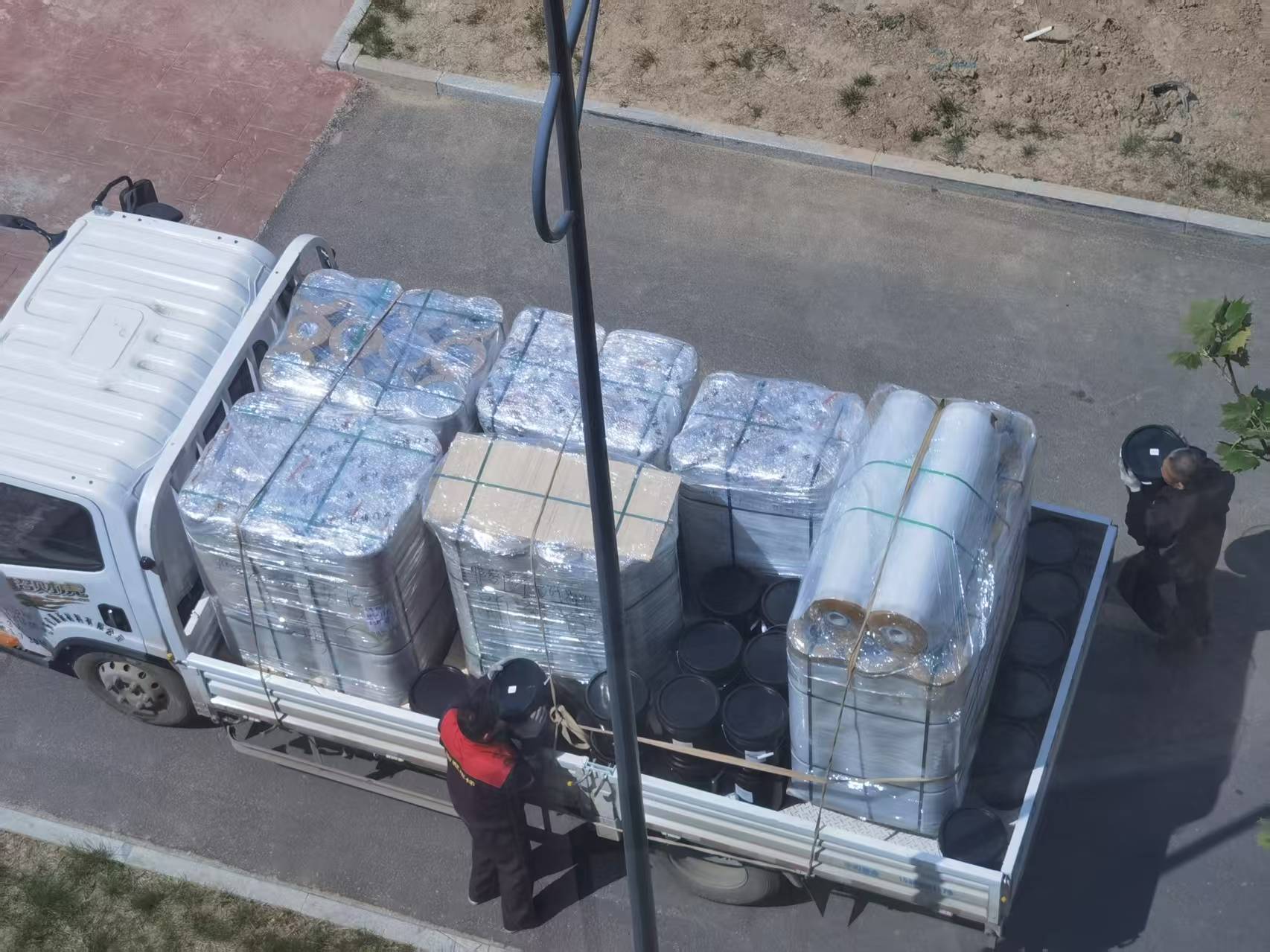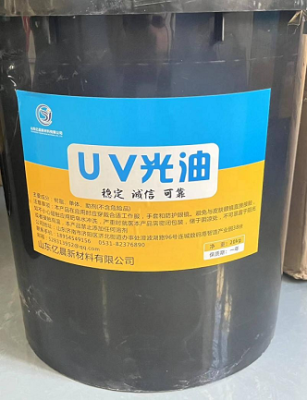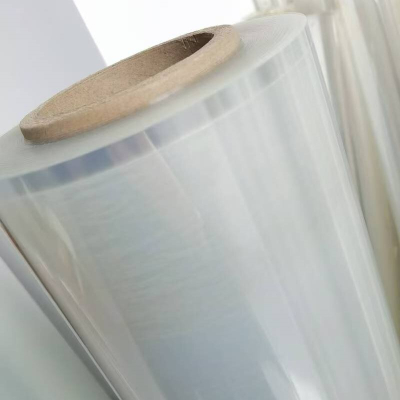Application Scenarios and Advantages/Disadvantages of PET Pre-Coated Films
Common applications of PET pre-coated films focus on two key areas: packaging protection and print enhancement, catering to high-end demands across multiple industries.
• Packaging Industry: This is its core application domain, particularly suited for scenarios requiring high levels of protection and texture.
◦ Food Packaging: Used for premium snack, baked goods, and gift food outer boxes/bags, offering oil resistance, moisture protection, and transparent aesthetics.
◦ Pharmaceutical Packaging: Laminated on medicine boxes (e.g., health supplements, prescription drug packaging) to enhance rigidity, seal integrity, and protect contents from moisture.
◦ Personal Care Packaging: Applied to cosmetic and skincare packaging boxes or instruction manuals to improve abrasion resistance and emphasize premium branding.
• Printing Industry: Primarily used to improve print durability and visual impact.
◦ Premium Printed Materials: Book and art book covers, magazine covers, posters, wall calendars, etc. Lamination provides crease resistance, scratch resistance, and more vibrant colors.
◦ Business Documents: Important contracts, certificates, menus, product manuals, etc. Lamination offers water and stain resistance, extends lifespan, and facilitates repeated use.
◦ Advertising Materials: Indoor posters, display boards, lightbox films, etc. Some PET pre-coated films offer UV resistance, suitable for short-term outdoor use (e.g., mall promotional ads).
• Other Specialized Applications:
◦ Electronics: Surface decorative panels for certain electronic products (e.g., headphones, small appliances) receive lamination for scratch resistance and enhanced gloss.
◦ Labeling: High-end product labels (e.g., wine bottles, luxury goods) benefit from lamination for anti-counterfeiting, wear resistance, and fade protection.
The core strengths of PET pre-coated film lie in its robust physical protection and broad application compatibility, while its primary drawbacks are relatively high costs and challenging recyclability. Specific advantages and disadvantages are outlined below:
I. Advantages
• Superior protective performance: High hardness and scratch resistance effectively withstand external abrasion; simultaneously offers waterproofing, moisture resistance, and chemical corrosion resistance for long-term protection of coated items (e.g., food packaging, book covers).
• Outstanding visual impact: Exceptionally high transparency (typically ≥90%) maximizes reproduction of printed colors and details; certain matte finishes enhance texture, meeting demands for premium packaging or art books.
• Eco-friendly and convenient process: Eliminates on-site adhesive mixing, produces no solvent emissions during lamination, and features simple operation compliant with environmental standards—friendly to both operators and the environment.
• High stability: Withstands a wide temperature range (-40°C to 120°C), resists wrinkling and delamination during prolonged use, and suits long-term storage or harsh environments (e.g., short-term outdoor advertising).
II. Disadvantages
• Higher Cost: Compared to pre-coated films like BOPP, the PET substrate itself is more expensive, leading to higher overall material costs. This makes it less economical for small-batch applications.
• Recycling Challenges: Once laminated to substrates like paper, PET film is difficult to separate effectively. This complicates the processing of waste paper and other recyclables, hindering resource recycling.
• Processing limitations: While highly resilient, the material's rigidity poses challenges when laminating curved surfaces or irregular shapes (e.g., curved packaging boxes), often resulting in bubbles or edge curling.

